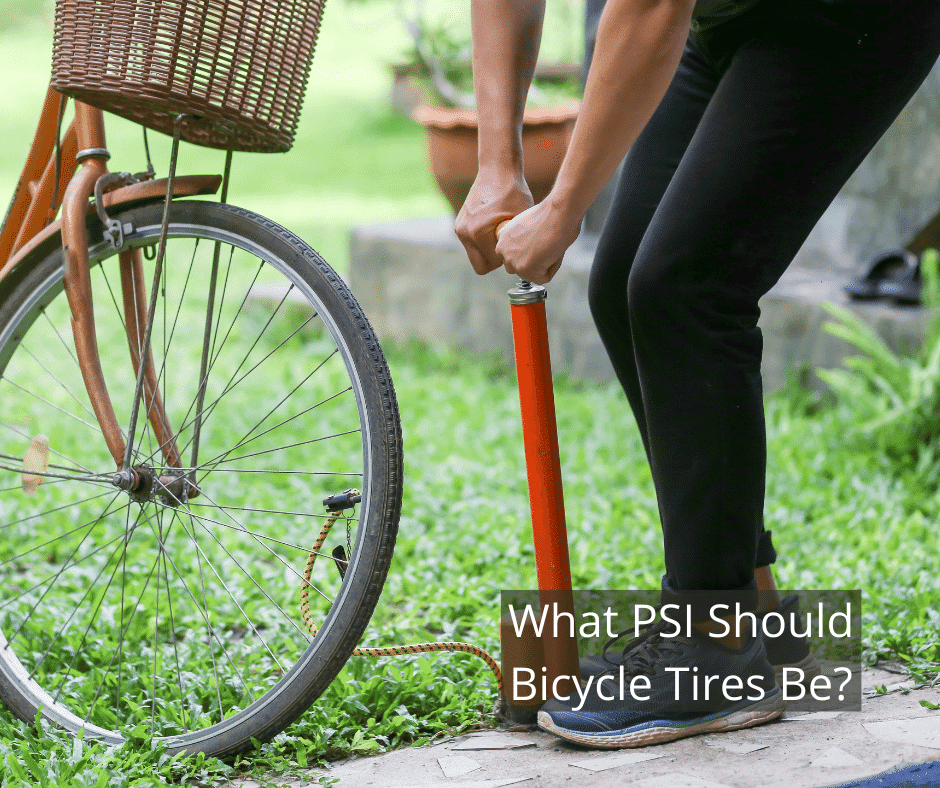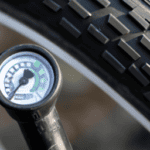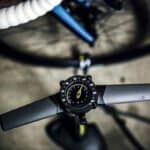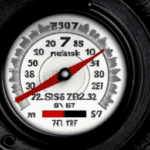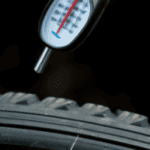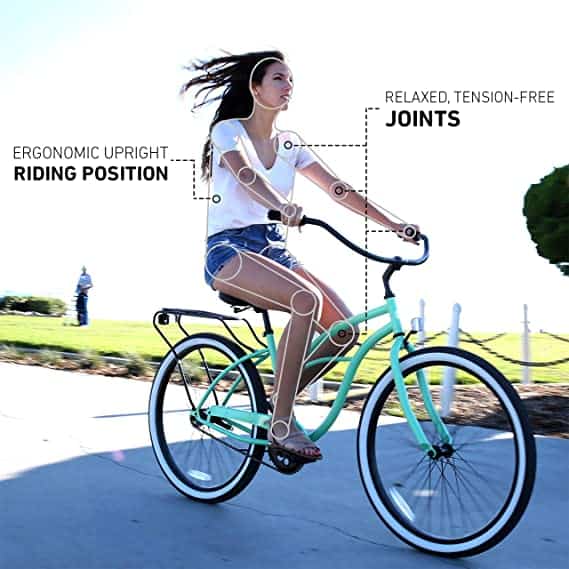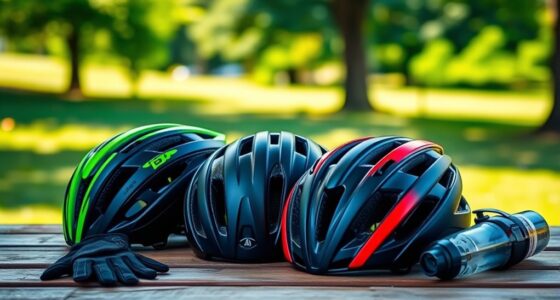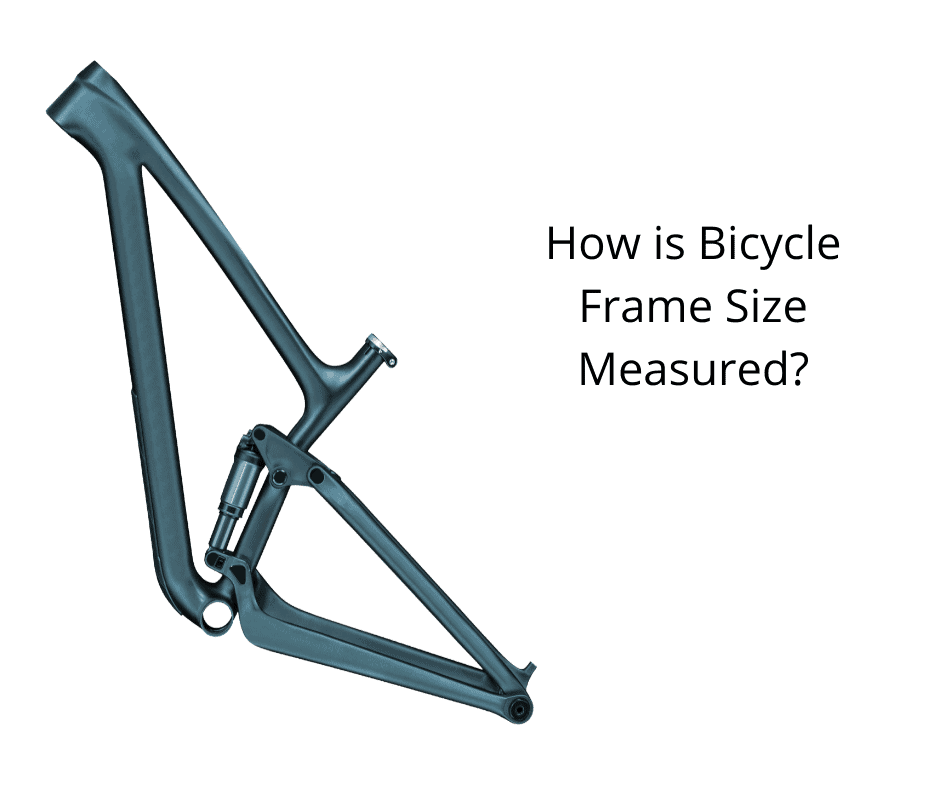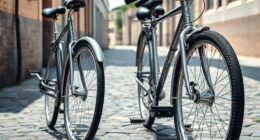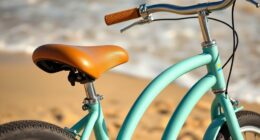What is the ideal pressure for your bicycle tires? The appropriate level can change based on your ride type. Wider tires often yield more speed. Opt for reduced pressure if your riding style is more aggressive. Tubeless tires benefit from being at a lower pressure as well. But what about riders who weigh more? There are important factors to understand prior to adjusting the pressure in your tires. We will discuss the crucial aspects you need to think about before setting the pressure in your bike’s tires.
Err on The Side of Too Low Rather than Too High
Regarding the pressure in bicycle tires, it’s important to remember that lower pressure causes the tires to conform, which makes pedaling harder. Low tire pressure also reduces bounce and responsiveness, so it takes more energy to turn the bike. To prevent this problem, it’s a good idea to check the tire pressure before riding, since it’s inexpensive and easy.
Thicker Tires Are Faster
A thicker tire on your bicycle will increase speed and comfort. It will also help with handling. Thicker tires are not difficult to install on most bicycles. You should also check the clearances. This will help ensure you have enough space to put on thicker tires. You should also check out the different tire types before deciding. Wider tires will be faster but will also make your bike heavier.
The tire width of a bike is usually between 23mm and 50mm. This width affects the rolling resistance and the grip. Thicker tires tend to have more grip but require more energy to move forward. Thicker bicycle tires are faster, but the same size might be slower. This article will give you more information on tire widths and why they matter. You can also check out the pros and cons of each type.
Lower Tire Pressure if You’re Going to Ride Aggressively
When riding your bike, it is essential to maintain the correct tire pressure for your specific riding style. This is especially important if you’re an aggressive rider. This type of riding requires greater control of the bike and a wider contact patch. Generally, aggressive riders should ride with lower tire pressure. On the other hand, less aggressive riders should ride with higher tire pressures. This will increase the stability of the sidewall and reduce tire bottoming on the rims.
Tire pressure will also affect your bike’s handling of impacts. High tire pressure makes the bike bounce more, while low tire pressure absorbs some impacts. Your tire or tube can rip and break if you hit something hard while riding. Cycling scientists recommend a sag of 15% or less to reduce the risk of tire failure and injury. This allows the tires to absorb more impacts and minimize rolling resistance.
Tubeless Tires Require Lower Tire Pressure
Compared to regular clincher tyres, tubeless bicycle tires require less tire pressure. The correct tire pressure depends on the tire’s width, rider weight, and road conditions. Knowing the correct tire pressure is essential before you go on a ride. There is also a unique tool to help you keep track of your tyre pressure and determine if it is too high or too low.
Because tubeless tires are not inflated with air, they require less tire pressure than their tubed counterparts. However, it is important to check the tire pressure at least once a month for safety purposes. The pressure should be at least 40 psi, and you should check it every two to three weeks for best results. The lower tire pressure is more comfortable for the rider, reducing the chance of pinch flats. Tubeless bicycle tires have reinforced sidewalls, which are less likely to crack or break than a butyl inner tube.
Wheel Load Affects Tire Pressure
The proper pressure for your bicycle tires depends on several factors, including the type of tire, the surface you ride on, and your weight distribution. Too low a pressure will reduce your tire’s grip and make you feel less comfortable, but too high will make your ride bumpy and sluggish. You can also increase your tire pressure to make your ride more comfortable and grippier. The best tire pressure is around 35 psi, but remember that the maximum amount is not the same for everyone.
The load on your bike will affect your tire pressure. In most riding conditions, the rear tire will take more load. For road bikes, your load distribution will be between forty and fifty percent, and on a city bike, it will be between thirty and seventy percent. If you’re unsure how much load you’ll be carrying, divide the total weight by two and use this number to determine your bicycle tire pressure.
